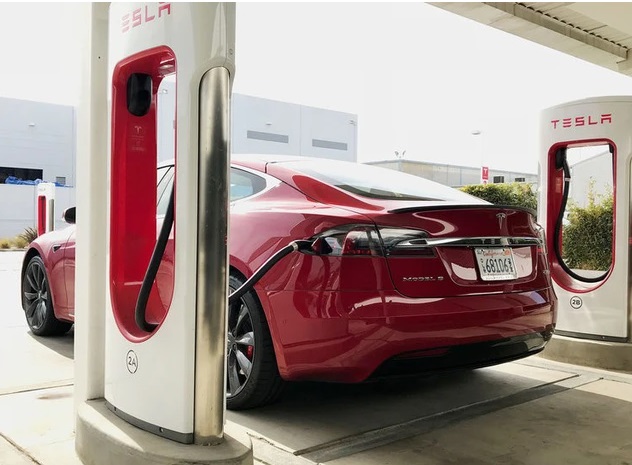According to statistics from the National Insurance Crime Bureau in the US, car theft rates have been consistently rising since 2019. However, electric vehicles seem to be of little interest to thieves.
Specifically, in a report by the Highway Loss Data Institute, the theft rate for the 2021-2023 Tesla Model 3 was just 1 per 100,000 insured vehicles. In contrast, theft rates for internal combustion engine vehicles were significantly higher, with the GMC Sierra at 227 per 100,000 and the Chevrolet Silverado at 96 per 100,000.
Experts attribute this disparity to five key reasons:
Surrounding Surveillance Systems
Electric vehicles are typically equipped with numerous sensors and cameras that enable surround monitoring and provide maximum support to the driver. This advanced technology acts as a significant deterrent to thieves, making them reluctant to even approach electric vehicles, let alone attempt to steal them.
Enhanced Security Measures
Electric vehicles boast robust security features and receive regular updates to address any potential vulnerabilities. As a result, it is exceedingly difficult for thieves to hack and bypass their locking systems.
However, it is worth noting that hackers have recently developed a fake key device called “Game Boy” specifically designed to target electric cars. Fortunately, this device is relatively expensive and not widely available, so car owners can rest assured for now.
Real-time Tracking Capabilities
All electric vehicles offer remote control functions, allowing owners to lock and unlock their cars, activate alarms, and even track their vehicles in real time. For a thief, these features present a significant challenge and increase the likelihood of getting caught.
Additionally, if a car is stolen, the built-in tracking device makes it easier for the owner to locate their vehicle.
In the event that a thief disables the tracking device, the car manufacturer can still add the vehicle to a stolen car list, preventing the thief from accessing charging stations.
Limited Market for Stolen Electric Vehicles
Most stolen vehicles in the US are typically transported to Africa and the Middle East for resale. However, these regions lack the necessary infrastructure for electric vehicle charging, making them less desirable in those markets. As a result, thieves tend to target SUVs and pickup trucks instead.
Difficulties in Selling Electric Vehicle Components
When thieves steal a car, they usually either resell it in a different market or dismantle it to sell the individual parts. However, with electric vehicles, reselling electronic components is challenging due to the ability of manufacturers to track and identify which parts belong to which vehicle. Even purchasing genuine used parts does not guarantee their functionality in another car without the manufacturer’s configuration.
While mechanical parts may be easier to sell, the relatively new nature of electric vehicles means that the market for these parts is still limited. As such, they do not present the same attractive opportunity for thieves as components from traditional vehicles.
TH (Tuoitrethudo)
The Green Giant: How Xanh SM is Cementing its Place as an Industry Titan
With a series of recent high-profile moves, Xanh SM has solidified its position as the leading giant in the ride-hailing market. The company’s collaboration with VinFast to lease 5,000 electric cars and its partnership to establish a large-scale service chain in Vietnam are testament to its assertive rise as a formidable force in the industry.

















































